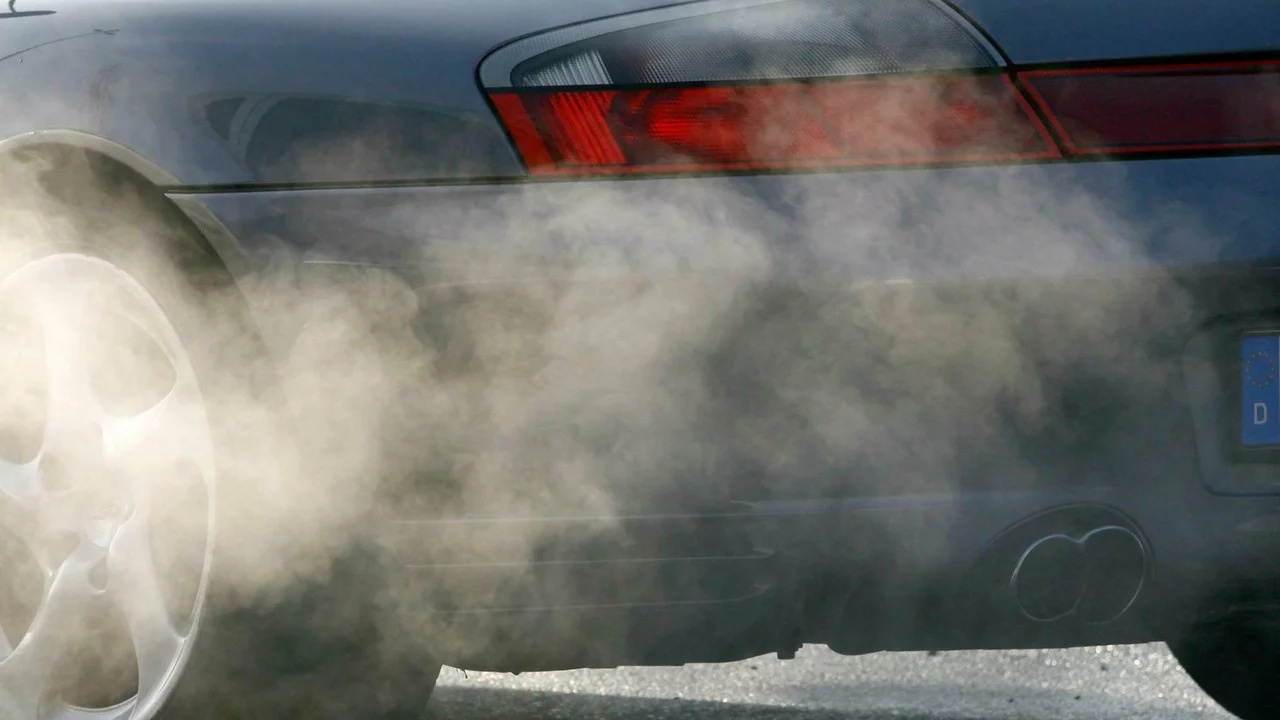Motor Racing Pollution: What It Is and Why It Matters
When you hear the roar of engines, the excitement is instant. But that sound comes with a hidden cost – pollution. From the fuel burned in the pits to the trash left on the track, motor racing leaves a carbon footprint you can’t ignore. Understanding where the emissions come from helps fans and teams make smarter choices.
Sources of Pollution in Racing
First off, the most obvious source is the fuel. Most racing series still rely on gasoline or diesel blends that release CO₂, NOx, and tiny particles into the air. Even the high‑performance fuels used in Formula 1 produce more emissions per kilometre than a regular road car.
Then there’s the tyres. Racing slicks wear out quickly, creating micro‑rubber dust that drifts into the surrounding environment. The dust settles on nearby roads, parks, and sometimes even into waterways.
Engines aren’t the only polluters. The entire support crew uses generators, lighting rigs, and air‑conditioned trucks that run on diesel. All that equipment adds up, especially during big events that last a week.
Don’t forget the waste generated by spectators. Plastic bottles, food wrappers, and single‑use items pile up in stadiums. If not managed properly, they end up in landfills or as litter around the circuit.
Steps Toward a Cleaner Track
Fortunately, the industry is already shifting gears. Hybrid power units combine electric motors with traditional engines, cutting fuel use by up to 30 per race. Formula E proved that electric racing can be thrilling without the exhaust fumes.
Bio‑fuels are another option. Some series test blends made from algae or waste oils, which burn cleaner and reduce net CO₂. The key is finding a fuel that still delivers the raw performance fans love.
Tyre manufacturers are experimenting with recyclable materials. When a tyre reaches the end of its life, it can be ground down and turned into new rubber products, lowering the amount of rubber dust released.
Events are also getting greener on the logistical side. Solar panels now power pit lane lighting at several tracks, and electric trucks are moving equipment around the venue. By replacing diesel generators with renewable energy, organizers shave off tons of emissions.
Fans can play a part, too. Bring a reusable water bottle, use public transport, or join a car‑pool to the circuit. Small actions add up, especially when thousands of spectators travel to a race.
Finally, many racing bodies now require strict waste‑management plans. Separate bins for recycling, compost, and landfill keep litter under control and make cleanup faster.
Motor racing will always be about speed, but speed doesn’t have to mean waste. By embracing hybrid tech, renewable fuels, and smarter logistics, the sport can keep its adrenaline while trimming its carbon tail.
Next time you hear that engine scream, think about the steps being taken to quiet the pollution behind it. The future of racing is fast, fierce, and – with a little effort – a lot cleaner.
